Every week, we gather a panel of our MLB experts to rank every team based on a combination of what we’ve seen so far and what we knew going into the season. Those power rankings look at teams as a whole — both at the plate and in the field.
But, how different would those rankings be if we were to only look at major league offenses?
We’ve seen a number of offensive explosions so far in the 2025 season — from torpedo bats taking the league by storm on opening weekend thanks to the Yankees’ barrage of home runs to Aaron Judge and Shohei Ohtani each putting together yet another all-time campaign at the plate.
The latest offensive shakeup came in the form of a mid-June blockbuster trade, with the Red Sox sending All-Star slugger Rafael Devers to the Giants in a deal that reverberated around the league. How did it impact the two teams’ offensive outlooks?
Our MLB power rankers came together to rank baseball’s lineups based on what they’ve seen so far and where teams currently stand. We also asked ESPN MLB experts Jeff Passan, David Schoenfield and Bradford Doolittle to break down the top 10 offenses in baseball, from each team’s catalyst to the lineup’s biggest weakness.

Top 10 lineups
![]() Why it’s so fearsome: You start with the second-best hitter in the world in Shohei Ohtani, add in the National League’s leading hitter for average in Freddie Freeman and the NL’s OBP leader in Will Smith, mix in Mookie Betts, and finish with power up and down the lineup — and you might have the best lineup in Dodgers history. Indeed, their current wRC+ of 124 would be the highest in franchise history. There is just no room for opposing pitchers to breathe, and the Dodgers have a nice balance of left- and right-handed hitters who make it difficult for opposing managers to optimize their bullpen matchups.
Why it’s so fearsome: You start with the second-best hitter in the world in Shohei Ohtani, add in the National League’s leading hitter for average in Freddie Freeman and the NL’s OBP leader in Will Smith, mix in Mookie Betts, and finish with power up and down the lineup — and you might have the best lineup in Dodgers history. Indeed, their current wRC+ of 124 would be the highest in franchise history. There is just no room for opposing pitchers to breathe, and the Dodgers have a nice balance of left- and right-handed hitters who make it difficult for opposing managers to optimize their bullpen matchups.
One weakness: Michael Conforto has been a big disappointment as a free agent, hitting .170 with only four home runs while playing nearly every game so far. The bench was weak to start the season, but the Dodgers jettisoned longtime veterans Chris Taylor and Austin Barnes and called up Hyeseong Kim and top prospect Dalton Rushing. Kim has been outstanding, hitting .382 in his first 30 games, while Rushing has played sparingly as the backup catcher.
Player who makes it all click: As the leadoff hitter, Ohtani’s presence sets the tone from the first pitch of the game — and he already has hit seven first-inning home runs in 2025. With 73 runs in the Dodgers’ first 72 games (he sat out two of them), Ohtani is on pace for a remarkable 164 runs scored, which has been topped only twice since 1900 — once each by Babe Ruth and Lou Gehrig (they also each have the only other seasons with at least 160 runs scored). With Ohtani making his 2025 pitching debut Monday, we’ll see if that affects his offense, but it didn’t during his final season with the Angels in 2023 when he posted a 1.066 OPS while pitching. — Schoenfield
![]()
Why it’s so fearsome: The Yankees homer more than any team in the American League. They walk more than any team in all of MLB. They don’t strike out excessively. They punish fastballs. The best hitter in baseball anchors their lineup. Seven other regulars are slugging at least .428 in an environment where the leaguewide slug is under .400. There are 100 more reasons the Yankees’ lineup induces such anxiety in opposing pitchers, but it can be encapsulated this way: It’s a lineup without a weak link, filled with professional hitters that take quality at-bats, at a time when so few make that a priority.
One weakness: Calling this a weakness is a stretch, because the most important point about the Yankees’ lineup is that it doesn’t have a weakness, but they have been worse with runners in scoring position than in situations without runners on second or third. The Marlins have more home runs with players in scoring position than the Yankees. New York’s slugging percentage in such situations dips from .451 to .407 — good for 13th in MLB. It’s also 140 points below the Dodgers’ mark. But fear not: Slugger Giancarlo Stanton, who epitomized clutch for the Yankees last postseason, is back after sitting out the season’s first 2½ months. As if the rich need to get any richer.
Player who makes it all click: What, were you expecting J.C. Escarra? The answer, of course, is Aaron Judge, the two-time AL MVP whose combination of power and plate discipline is gifting the Yankees another potential all-time season. It’s not simply the .378 batting average — which is 56 points higher than his career best — or the resplendent home runs he hits, to left and center and right, making the whole field his playground. Even after a miserable series against the Red Sox over the weekend, there is an expectation that Judge will rebound because he hits the ball so hard and so consistently makes contact. The Yankees without Judge are good; the Yankees with him are undeniable. — Passan
![]()
Why it’s so fearsome: The lineup depth has been ridiculous, and that trait has been even more stark since Matt Shaw returned from an early-season demotion and began contributing. The Cubs’ collective OPS from spots seven through nine in the batting order is more than 50 points better than the second-best team. Some of that stems from Pete Crow-Armstrong hitting seventh early on, but Chicago has maintained its top-to-bottom consistency all season. This keeps the plate full for run-producers Crow-Armstrong, Kyle Tucker and Seiya Suzuki.
One weakness: The Cubs have been good at just about everything that goes with producing runs. They rank in the top 10 in all three slash categories, are fifth in homers and second in steals. Thus you really have to squint to find a weakness. You can point to a big disparity in road production (.808 OPS) compared to what the Cubs have done at Wrigley Field (.702 OPS). But that too might even out as the weather factors in Chicago work more consistently in favor of hitters.
Player who makes it all click: Crow-Armstrong might be the Cubs’ best MVP candidate, but Tucker is the best hitter and the best exemplar of Chicago’s good-at-everything attack. Tucker leads the team in runs created and OPS+, and though he’s not Crow-Armstrong on the bases, he has swiped 18 of 19 bags. None of this is out of scale with Tucker’s track record. This is who he is — except maybe a little better, as he has walked more than he has struck out thus far. If Tucker’s power bat heats up with the summer weather, look out. — Doolittle
![]()
Why it’s so fearsome: The Diamondbacks do a little bit of everything. They already have two 20-homer hitters in Corbin Carroll and Eugenio Suarez, plus Ketel Marte, who sat out a month because of injury but could still reach 30 home runs. They are fourth in the majors in walks and fifth in on-base percentage, so they get on base. Geraldo Perdomo has been a solid contributor the past two seasons but has added some power. He has more walks than strikeouts and has already established a career high in RBIs, adding depth. Josh Naylor is hitting around .300 while replacing Christian Walker’s production at first base.
One weakness: Center fielder Alek Thomas is the only regular with a below-average OPS+, and even then, he’s not awful. The bench is a little thin beyond Tim Tawa and Randal Grichuk, as backup catcher Jose Herrera has provided little offense. The Diamondbacks’ biggest potential weakness is their struggle against left-handed pitchers (they have an OPS more than 100 points lower than against right-handers). Carroll, Naylor and the switch-hitting Marte have each been significantly better against righties.
Player who makes it all click: As explosive as Carroll has been at the top of the order, Marte is the team’s best all-around hitter. Like Perdomo, he has more walks than strikeouts, making him a tough out with his ability to put the ball in play and also take free passes. He has the power (36 home runs in 2024) to clear the bases, but he also excels as a baserunner and can have Naylor and Suarez drive him in. When the Diamondbacks reached the World Series in 2023, Marte was the offensive leader, hitting .329/.380/.534 that postseason. — Schoenfield
![]()
Why it’s so fearsome: The Mets’ lineup runs sneaky deep, boasts a combination of average and power, and has the fourth-lowest strikeout rate in the major leagues. Low strikeouts often equate to decent batting averages, but the Venn diagram with contact orientation and power is sparsely populated. Beyond the overall numbers, the Mets’ lineup is packed with stars: Juan Soto, Francisco Lindor and the team’s best hitter this season, Pete Alonso. A resurgent Jeff McNeil deepens a group that hasn’t received quite the expected output from Soto. He’s starting to find his rhythm, though, and once that happens, the Mets are bound to be even better than they’ve been already.
One weakness: Considering the Mets have multiple options at third base, the quest for an internal solution isn’t banking on the fortunes of a single player. Considering the Mets have multiple options at third base, the quest for an internal solution isn’t banking on the fortunes of a single player. It could be Mark Vientos, the postseason star last year who’s set to begin a rehab assignment next week after a disappointing start to the season. It could be Brett Baty, who has shown plenty of power but still sports a .267 on-base percentage. It could be Ronny Mauricio, the rookie whose pop — and allergy to getting on base — is similar to Baty’s. Regardless of who it is, manager Carlos Mendoza has time to figure out how to maneuver his lineup such that other offensive holes at catcher and, when Jeff McNeil isn’t playing there, center field aren’t nearly as glaring.
Player who makes it all click: The Mets have been clicking without the best version of Soto, so it’s no surprise that in the past 16 games — in which Soto has hit .333/.507/.685 with five home runs — they have scored at least four runs 15 times. As good as New York is without Soto performing, he is their double-click — the catalyzer that brings about action. Even at his lowest points this season, he was managing to get on base, and that’s what makes Soto such a transformative player: His floor is extremely high. When he’s feeling his swing and unleashing shots to all fields, he’s capable of reaching a ceiling higher than all but a handful of hitters in the game. — Passan
![]()
Why it’s so fearsome: The Phillies have veterans with big names who have all been productive hitters at various points in their careers — although not necessarily in 2025. Kyle Schwarber has been the lynchpin so far, moved out of the leadoff spot and leading the team in home runs, runs scored and RBIs. Trea Turner is having his best season since joining the Phillies in 2023, with a .364 OBP that would be his highest since 2021. Alec Bohm has been on his usual roller coaster — homerless in April but hitting .331 with seven home runs since the beginning of May.
One weakness: Catcher J.T. Realmuto has carried a huge workload through the years but is now 34 years old and showing some signs of age with career lows in batting average, slugging and OPS. Bryson Stott was an above-average hitter in 2023 before dipping last season, and he has been even worse in 2025 with an OPS+ of just 75. Part-time center fielder Johan Rojas provides speed and defense, but not much offense, and as usual, the bench is pretty weak. Yes, that’s more than one weakness.
Player who makes it all click: As important as it is to have Turner getting on base, this lineup will always revolve around Bryce Harper and his ability to go on his hot stretches. He hasn’t had one yet this season and is currently on the injured list because of a right wrist injury. His current .446 slugging percentage and .814 OPS are his lowest since 2016. Harper has always been an outlier of sorts — he ranks in the second percentile in swing-and-miss rate in 2025 but in the 67th percentile in strikeout rate — so these aren’t necessarily signs of a decline. Philly just needs him to get hot once he returns. — Schoenfield
![]()
Why it’s so fearsome: It’s not. That’s the thing about the Tigers. One gander at their lineup cards — manager AJ Hinch has used 60 different variations over 71 games — and it doesn’t exactly strike fear. And yet that’s the beauty of the 2025 Tigers: They’re managing to score oodles of runs without a single hitter sporting a slugging percentage higher than .500. It’s not like the Tigers are particularly good at avoiding the strikeout (24th in MLB) or taking walks (18th). They don’t hit home runs in bunches (10th) or steal bases at all (30th). They’re simply solid, almost from top to bottom, replete with enough league-average-or-better hitters to cobble together runs.
One weakness: The strikeouts are problematic — and one-third of Detroit’s regulars struggle to counterbalance them with walks. Kerry Carpenter (52 strikeouts, seven walks), super utilityman Javier Baez (48 strikeouts, eight walks) and catcher Dillon Dingler (56 strikeouts, five walks) comprise one-third of the players in all of MLB with at least 48 punchouts and fewer than 10 walks. Riley Greene’s 93 strikeouts lead all of MLB. And in the postseason, where the pitching gets better and every out is valuable, giving away at-bats by swinging and missing too much is a distinct no-no. Even with the strikeouts, the Tigers won’t be an easy out in October. But among the teams with legitimate playoff aspirations, only Boston punches out more, and it’s the sort of thing that could haunt Detroit.
Player who makes it all click: There isn’t one player, per se. One night it might be outfielder Greene, and another one first baseman Spencer Torkelson, and sometimes outfielder Carpenter, and maybe even infielder Zach McKinstry or outfielder Wenceel Perez. But if there’s one player whose skills differ from his teammates’ and set the table, it’s second baseman Gleyber Torres. Operating on a one-year deal, Torres has been the Tigers’ most consistent hitter this season, getting on base at a .377 clip and walking more than he strikes out. He exemplifies Detroit’s lineup — its team, really — in that nothing he does is particularly sexy but it’s unquestionably effective. — Passan
![]()
Why it’s so fearsome: “Fearsome” might be a stretch, but after a horrible April (.656 OPS), the Blue Jays did follow up with a strong May (.785 OPS). June has so far split the difference (.709 OPS), so maybe that’s the true level here, which makes this more of a league-average offense — and, indeed, that’s where the Jays currently stand in runs per game. But there is potential for more here, with Vladimir Guerrero Jr., Anthony Santander, Bo Bichette and Andres Gimenez all capable of more offense than they’ve offered so far.
One weakness: Power. George Springer leads the team with 10 home runs, and the Jays have been outhomered by their opponents 99-70. Left field has been a problem all season, as seven different players have started there, combining to hit .223 with only four home runs. Gimenez was acquired for his defense at second base, but he has been a flop at the plate, hitting .212/.291/.327 with four home runs (and that’s after homering three times in the first five games). Lately, he’s even been being benched against left-handers.
Player who makes it all click: The $500 million man is hitting more like a $50 million man right now (.275/.375/.414, eight home runs) — but when he’s hot, the offense runs through him. Guerrero had a monster season in 2021 — but that was the year the Jays played more than half of their games in minor league parks because of COVID-19 pandemic restrictions. Guerrero had a 1.418 OPS in their spring training park and a 1.180 OPS in Buffalo (and a .935 at Rogers Centre). He was great again last season — thanks to a .342 BABIP. This season, it’s back down to .299, right around his career mark, but even that doesn’t explain the decline in power. The Jays need Guerrero to start mashing. — Schoenfield
![]()
9. Athletics
Why it’s so fearsome: They hit home runs and they hit for average, ranking in the top 10 in the majors in both categories. Jacob Wilson has been the breakout star with a .362 average in his rookie season, Brent Rooker is on his way to a third straight 30-homer season, Lawrence Butler is heating up and looking like the hitter he was in the second half of 2024, and rookie first baseman Nick Kurtz has also added another power bat to the lineup (after a slow start, he has hit .286 with six home runs in his past 11 games). What we don’t fully know yet, based on a small sample size, is how Sutter Health Park is helping. The A’s have hit for a higher average at home (.268 to .240) but have hit more home runs on the road (53 in 38 games compared to 39 in 36 games at home).
One weakness: JJ Bleday had a solid 2024 season, with 20 home runs and a 120 OPS+ in 159 games, but struggled out of the gate in 2025, earning a short demotion to Triple-A. Rookie Denzel Clarke replaced him, and though he has been a defensive wunderkind, he has been overmatched at the plate, hitting .209 with 34 strikeouts and one walk. Overall, the A’s rank 29th in the majors in OPS from their center fielders, ahead of only the Guardians.
Player who makes it all click: Wilson has been amazing, showcasing rare bat-to-ball skills with only 18 strikeouts in 289 plate appearances. The big surprise has been the 23 extra-base hits, including eight home runs, after going homerless in 92 at-bats during last season’s call-up. He has also been drawing a few more walks after beginning the season without one in his first 22 games, so his OBP is over .400. Now that he appears entrenched in the No. 2 spot, he’s going to give the middle of the order a lot of RBI opportunities. — Schoenfield
![]()
Why it’s so fearsome: In the Cardinals’ case, the fear factor is probably pointed in the wrong direction — as in their own fear of regression. I suspect their ranking is more a product of what they’ve done than what they are likely to do going forward. Ultimately, a team like the Braves, or even the reshuffled Giants or Red Sox, might be better placed here — but you never know. It’s a lineup with batting average and baserunning as the standout traits. The average part of it can be a house of cards — no pun intended — but the underlying expected stats backstop St. Louis’ offense so far.
One weakness: Only six clubs have a lower secondary average than the Cardinals — mostly a who’s who of the worst offenses in the majors. Secondary traits tend to be more stable than BABIP-related indicators, so St. Louis will need to continue to churn out its admirable strikeout and line-drive rates — a good formula for an average-based offense. But if the average falls, the Cardinals don’t draw enough walks or mash enough homers to make up the difference.
Player who makes it all click: Brendan Donovan’s career year serves as an avatar for what the St. Louis offense is all about. He leads the Redbirds in runs created, and because he’s doing that while mostly playing in the middle of the infield (which boosts positional value), he’s far and away the team leader in offensive bWAR. The question is will it last? On one hand, even though Donovan has a career BABIP of .319, his 2025-to-date figure of .355 is going to be tough to maintain. On the other hand, Donovan’s 31% line drive rate is tied for second in the NL with teammate Willson Contreras. — Doolittle

Teams 11-30
11. Boston Red Sox
12. Seattle Mariners
13. San Francisco Giants
14. Atlanta Braves
15. Tampa Bay Rays
16. San Diego Padres
17. Cincinnati Reds
18. Minnesota Twins
19. Houston Astros
20. Baltimore Orioles
21. Milwaukee Brewers
22. Los Angeles Angels
23. Washington Nationals
24. Cleveland Guardians
25. Texas Rangers
26. Kansas City Royals
27. Miami Marlins
28. Chicago White Sox
29. Pittsburgh Pirates
30. Colorado Rockies

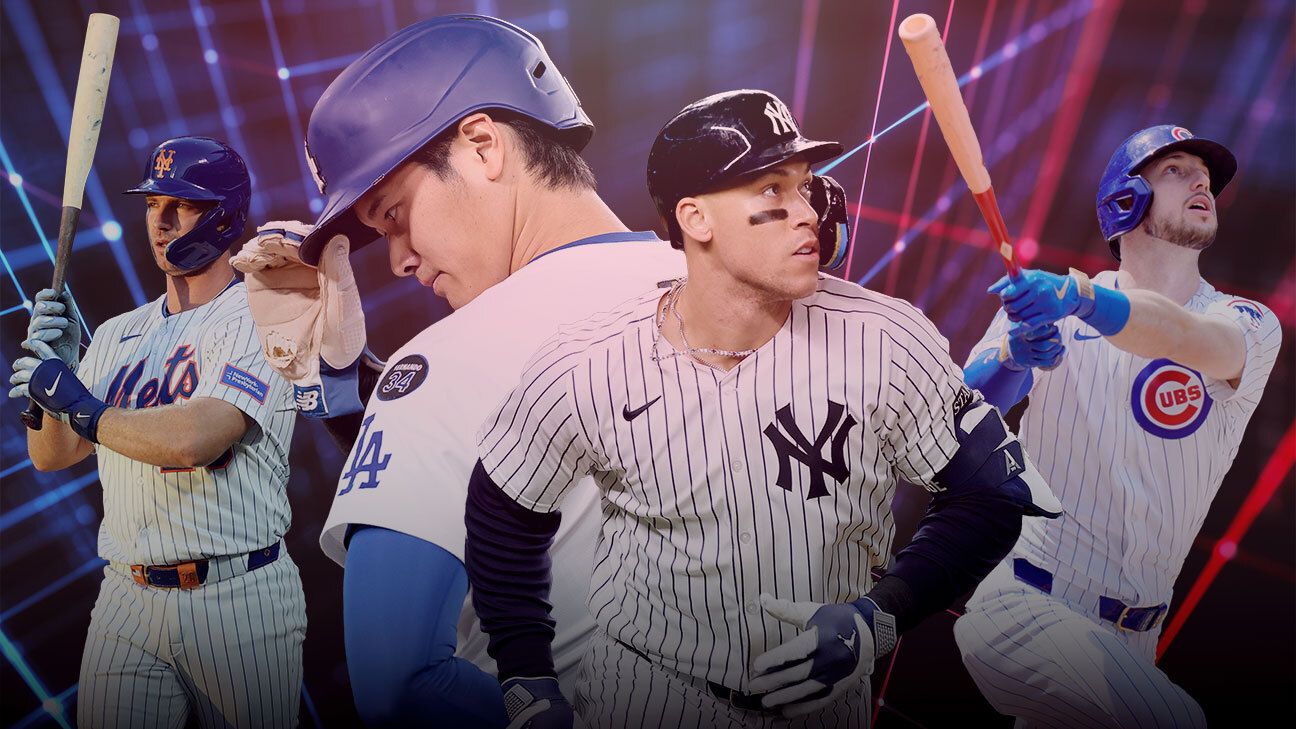

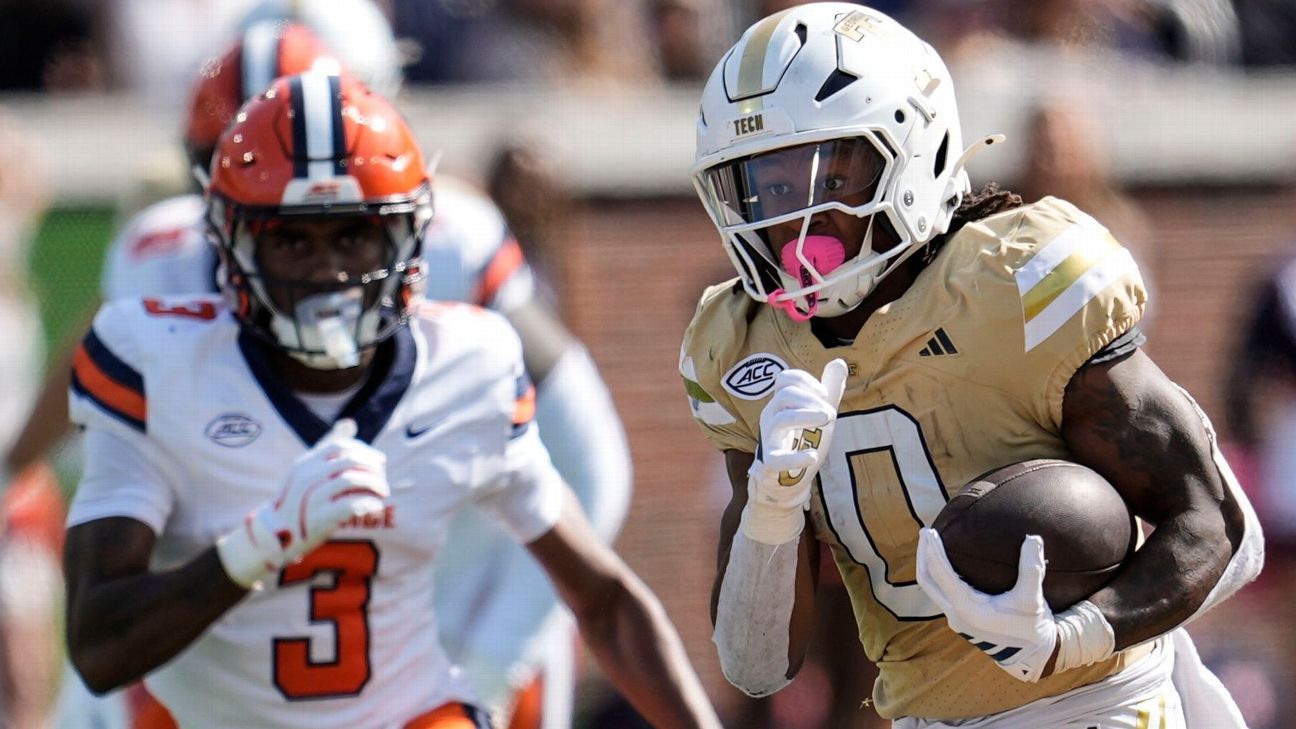
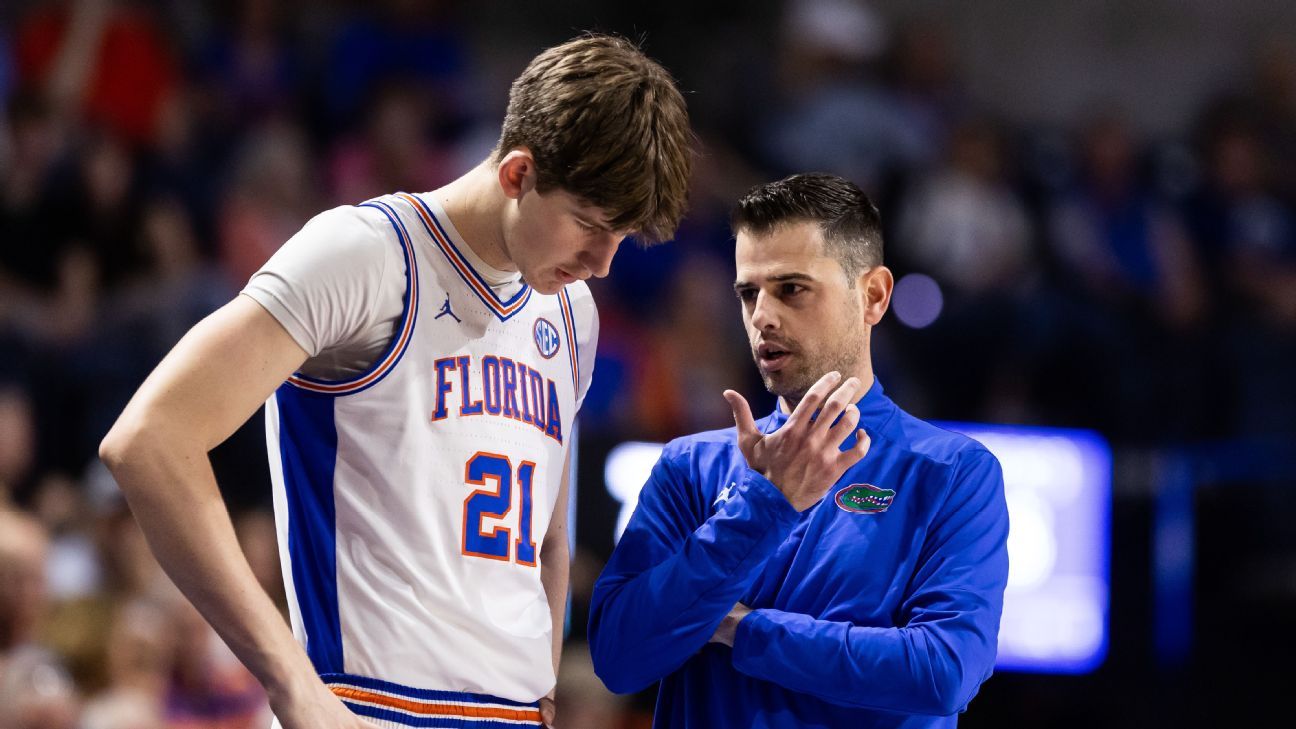
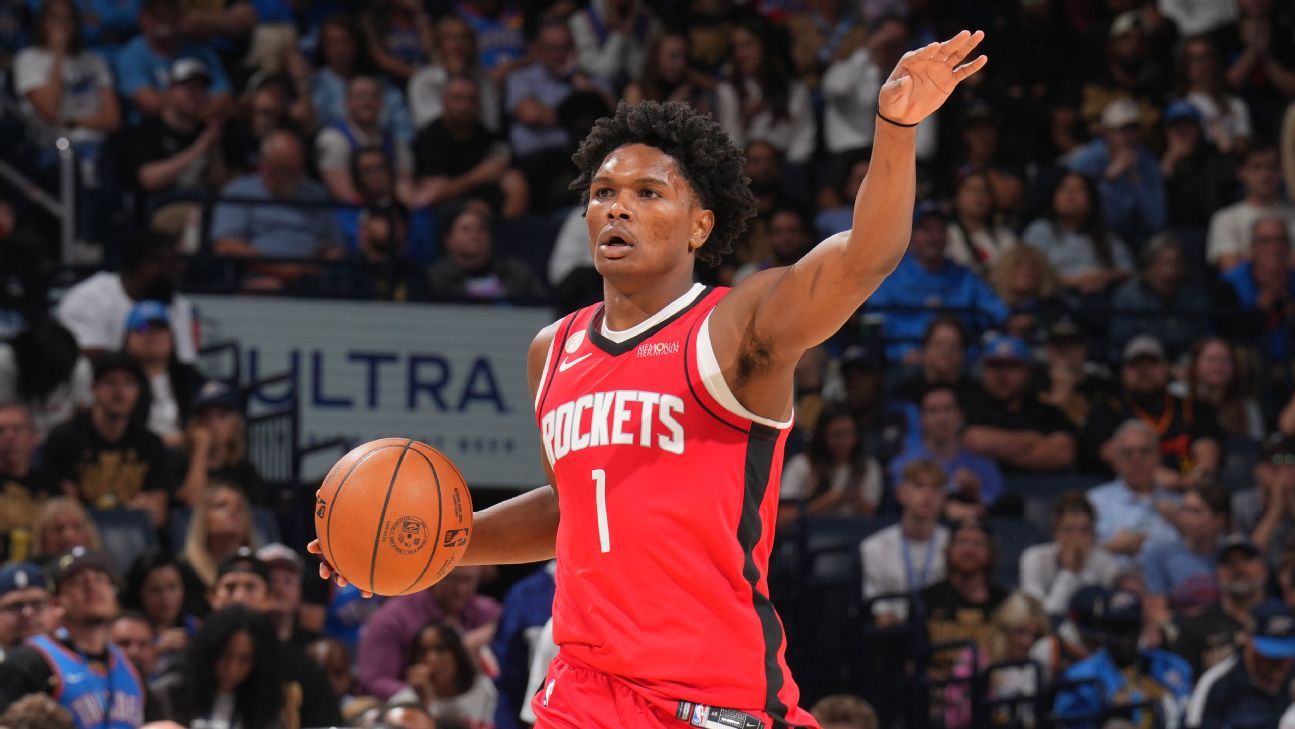


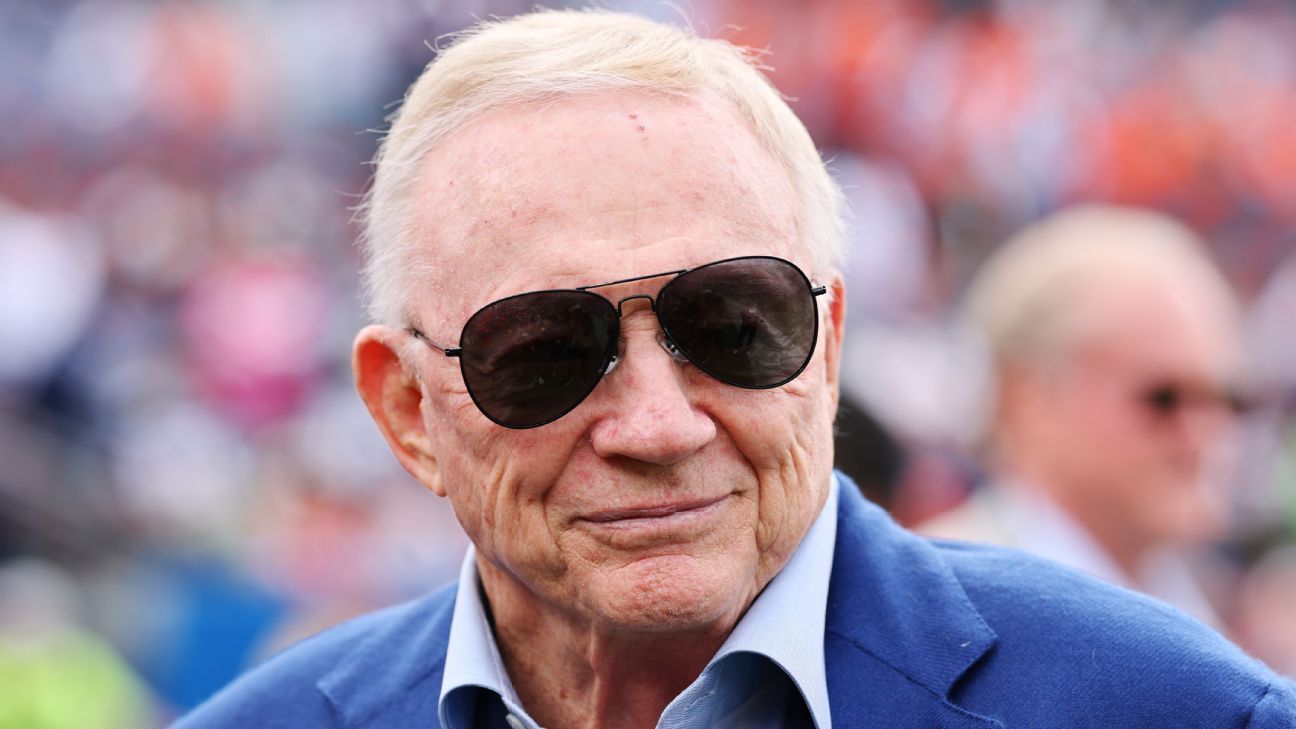
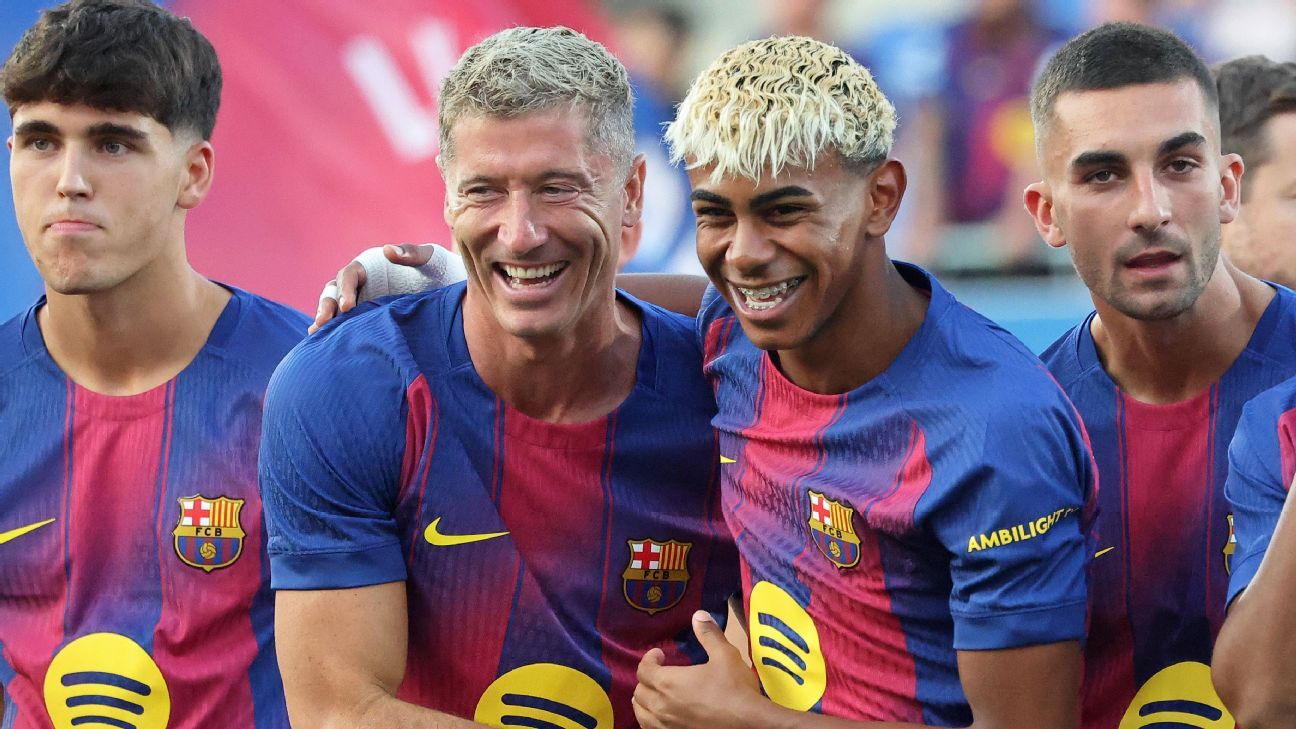
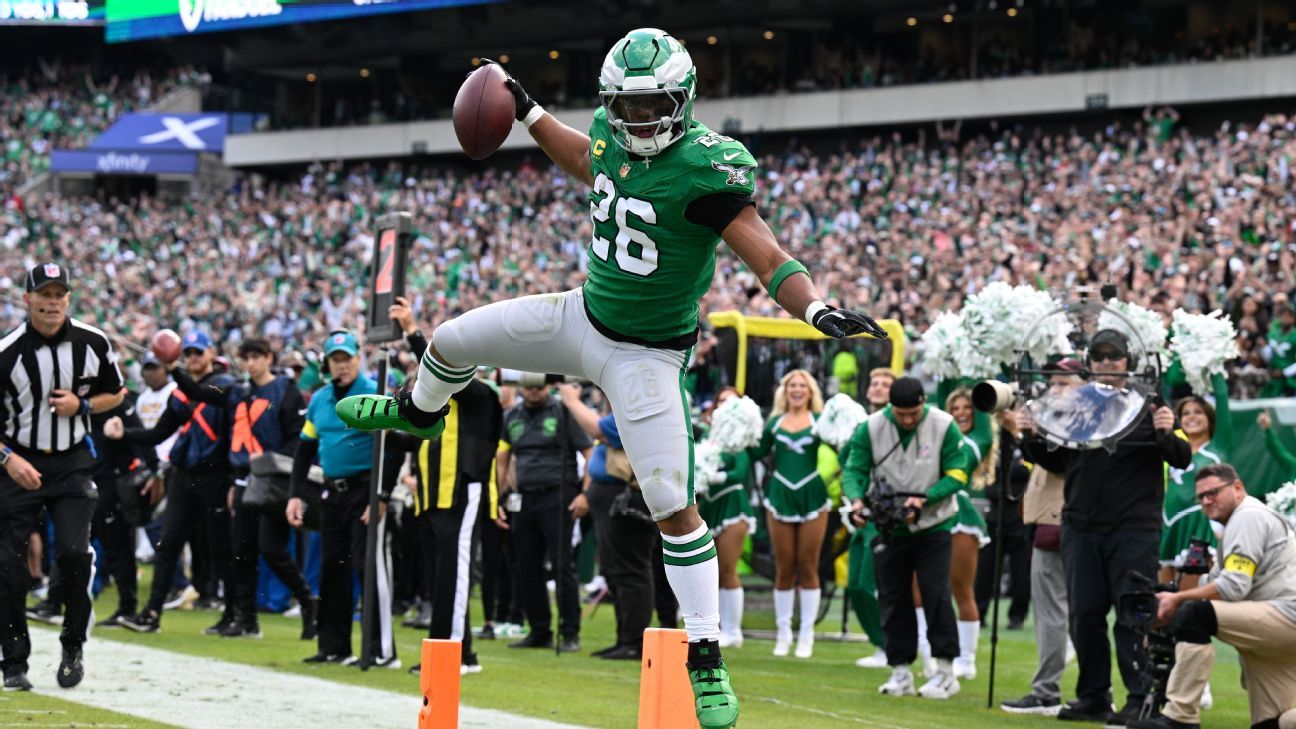





Leave a Reply